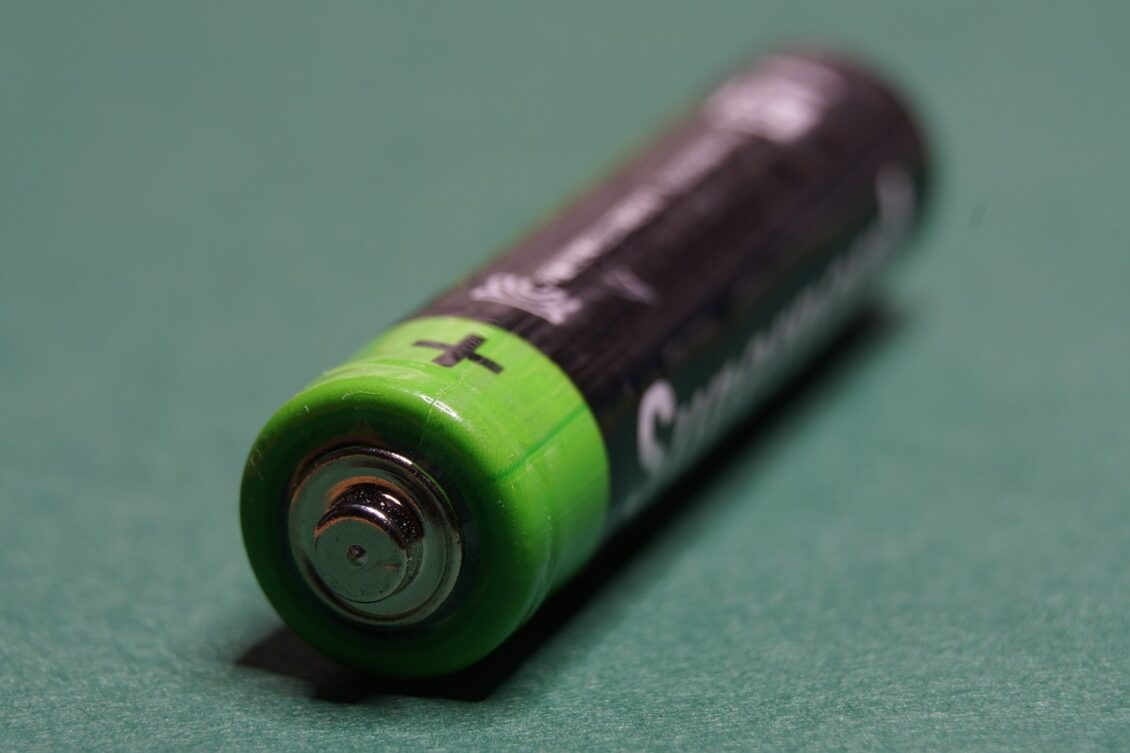In today’s technologically driven world, batteries power everything from smartphones to electric vehicles and backup power systems. For businesses, reliable battery performance is crucial for maintaining operations, ensuring product quality, and enhancing customer satisfaction. However, ensuring that batteries meet performance standards requires thorough testing throughout the development and manufacturing processes. Understanding the intricacies of battery testing is paramount for businesses to deliver products that meet consumer expectations and regulatory requirements.
The Science Behind Battery Testing
Battery testing involves a series of evaluations to assess various performance parameters, including capacity, voltage, temperature sensitivity, and cycle life. Capacity testing measures the amount of energy a battery can store and deliver under specific conditions, providing insight into its overall performance and longevity. Voltage testing ensures that batteries maintain a consistent voltage output throughout their discharge cycle, which is vital for powering electronic devices reliably. Temperature sensitivity testing examines how batteries perform under different temperature conditions, as extreme temperatures can affect their efficiency and safety. Cycle life testing simulates the repetitive charging and discharging cycles that batteries undergo during normal use, allowing manufacturers to predict their lifespan and durability.
Benefits of Comprehensive Battery Testing for Businesses
Investing in comprehensive battery testing offers numerous benefits for businesses across various industries. Firstly, it helps identify potential issues early in the development process, allowing companies to address them before products reach the market. By ensuring that batteries meet performance standards and safety regulations, businesses can minimize the risk of product recalls, which can be costly and damaging to their reputation. Additionally, rigorous testing helps optimize battery design and manufacturing processes, leading to improved efficiency, reduced waste, and lower production costs. Furthermore, reliable battery performance enhances customer satisfaction and brand loyalty, as consumers trust products that consistently deliver on their promises. Overall, prioritizing battery testing enables businesses to produce high-quality products that meet the demands of today’s discerning consumers while staying ahead of the competition.
Innovations in Power Sourcing and Sinking
As businesses strive for greater efficiency and sustainability, advancements in power sourcing and sinking technologies are emerging as game-changers in the battery testing landscape. Websites equipped with sophisticated algorithms and energy management systems can now source and sink power with remarkable efficiency, reaching rates as high as 96%. These platforms leverage data analytics and machine learning algorithms to optimize power usage, ensuring that batteries are tested with minimal energy wastage. Additionally, they incorporate advanced features such as predictive maintenance algorithms and real-time monitoring capabilities, allowing businesses to identify potential issues early and maximize the lifespan of their batteries. Moreover, these websites often integrate seamlessly with cell cyclers, automated systems that perform precise and repetitive charging and discharging cycles on batteries, further enhancing testing accuracy and efficiency. By harnessing the power of these innovative platforms, businesses can streamline their battery testing processes, reduce energy consumption, and ultimately deliver more reliable products to their customers.
The Importance of Accuracy in Battery Testing
Ensuring the accuracy of battery testing results is paramount for businesses to make informed decisions about product development and performance. Even minor deviations in testing conditions or measurement techniques can significantly impact the reliability and validity of results. Therefore, investing in high-precision testing equipment and standardized testing protocols is essential for obtaining accurate data. Additionally, regular calibration and quality control measures are necessary to maintain the integrity of testing procedures and minimize the risk of errors. By prioritizing accuracy in battery testing, businesses can confidently assess the performance and reliability of their products, ultimately enhancing customer satisfaction and trust.


Embracing Sustainability in Battery Testing Practices
In an era of growing environmental consciousness, businesses must prioritize sustainability in all aspects of their operations, including battery testing practices. Adopting eco-friendly testing methodologies, such as using renewable energy sources and minimizing waste generation, can significantly reduce the environmental impact of testing processes. Furthermore, recycling and proper disposal of batteries at the end of their lifecycle can help mitigate the negative effects of battery production and usage on the environment. By embracing sustainable battery testing practices, businesses not only contribute to environmental conservation efforts but also demonstrate their commitment to corporate social responsibility, which can enhance brand reputation and attract environmentally conscious consumers.
Battery testing is a critical aspect of product development and manufacturing for businesses across various industries. By understanding the science behind battery testing, investing in comprehensive testing processes, harnessing innovative power sourcing and sinking technologies, prioritizing accuracy, and embracing sustainability, businesses can ensure the reliability, performance, and safety of their products. As technology continues to advance and consumer demands evolve, companies must continue to adapt and innovate their battery testing practices to stay ahead of the competition and contribute to a more sustainable future.








Leave a Reply
View Comments